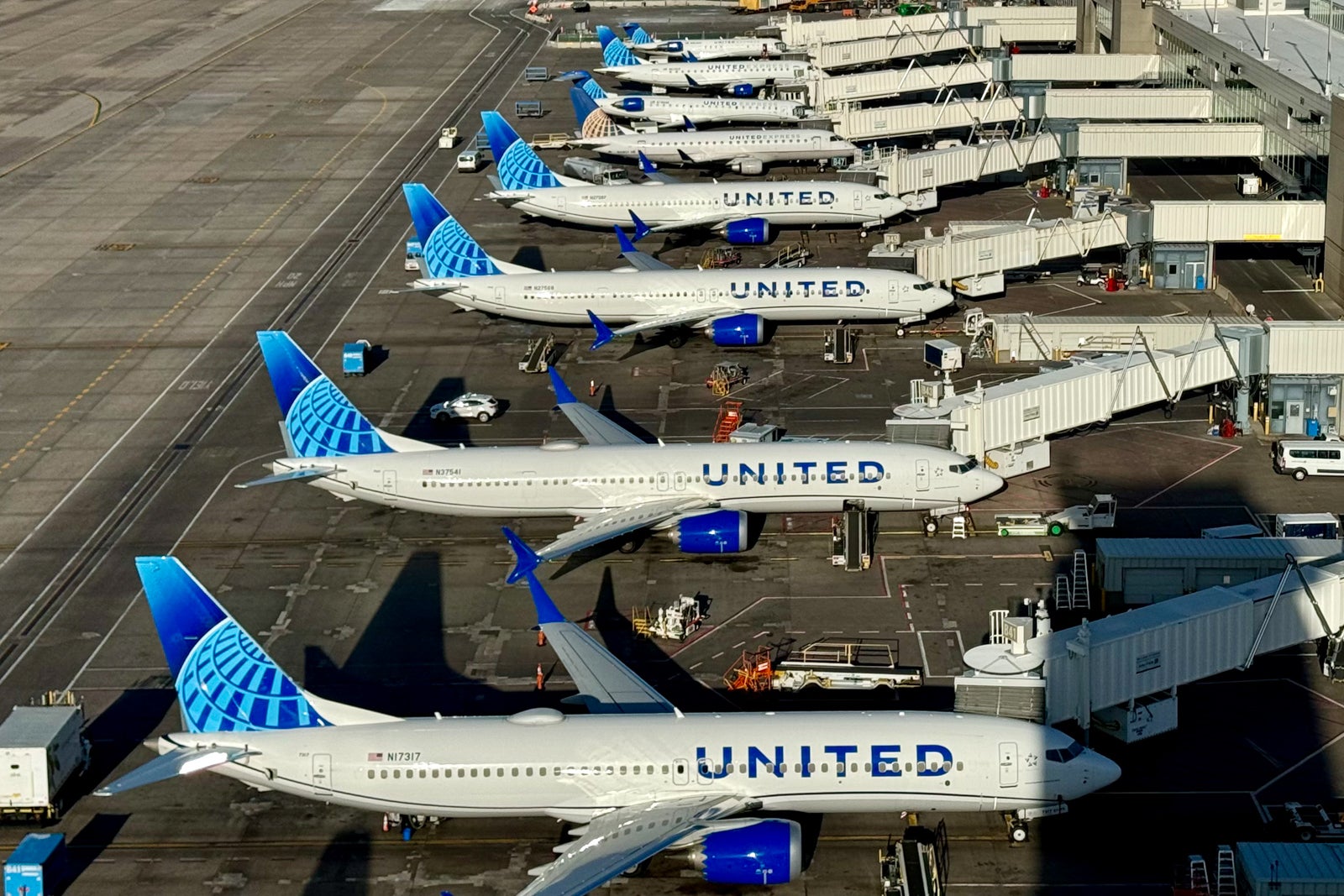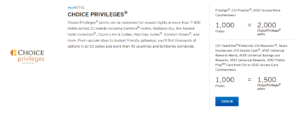Editor’s note: This is a recurring post, regularly updated with new information.
It’s easy to think of points and miles as a variant of Monopoly money. To some, they’re easy to throw around and spend nonchalantly; they can almost seem ethereal.
To others, travel rewards can be easy to hoard. They are a form of currency, after all — and we can become as stingy with our reservoir of points as we are with our hard-earned savings account balances.
However, there’s one very important distinction between travel rewards and cash: Unlike most true currencies, which have the potential for appreciation if invested well, your points and miles are almost guaranteed to lose value in the long run.
In other words, points and miles are not a great long-term investment. The sooner you can spend them after you earn them, the more value you’re likely to receive. We’re reminded of this seemingly every few months with painful airline and hotel devaluations.
Let’s examine why carrying large balances of points and miles without a plan to use them is a bad strategy. This will help you avoid setting yourself up for disappointment, heartache and a possible loss in net (loyalty) worth.
Related: Getting started with points, miles and credit cards to travel
Points and miles devaluations
In the past several years, we’ve seen a number of egregious devaluations from some of our favorite points programs. The general mantra is that transferable points such as Chase Ultimate Rewards are slightly more insulated from devaluations than an individual frequent flyer or hotel program. Points like these can be redeemed for a fixed rate, at the very least.

But even transferable currencies take a beating now and again. For example:
- Bilt Rewards will lose American Airlines as a transfer partner in June 2024, which is a shame, as American transfers were one of the most compelling reasons to collect Bilt Rewards.
- Chase Ultimate Rewards has lost transfer partners over the years, and some of its best partners, like United Airlines, have devalued their loyalty programs.
- Citi ThankYou Rewards points were once worth up to 1.66 cents toward American Airlines flights and 1.25 cents toward other travel booked through the Citi ThankYou travel portal, depending on the card you had. They are now worth a flat 1 cent each.
Devaluations occur so often that it can be easy to forget just how many have happened throughout the years. While some are worse than others, here’s a brief overview of some of the other major changes that have happened in the last couple of years.
Hyatt adds peak and off-peak rates, moves many properties to a higher category
Hyatt has managed to remain a bright spot in the “free travel” world, always offering reliable award prices and great value for its points.

That’s still largely the case, but it continues to increase the categories of popular hotels, making the World of Hyatt Credit Card‘s annual free night certificates less and less valuable. This year, Hyatt announced roughly 137 hotels and resorts were moving to higher award categories, therefore costing travelers more points to stay at these properties.
Plus, Hyatt’s recent partnership with Mr & Mrs Smith doesn’t follow an award chart. These hotels are dynamically priced, consistently delivering a value of under 1.5 cents (which is markedly lower than our average valuation of 1.7 cents per World of Hyatt point). While that’s not the end of the world, it does mark the first time Hyatt has flirted with dynamic pricing, which has us wringing our hands a bit.
Related: 5 easy ways to maximize Hyatt award redemptions
Marriott eradicates its award chart
We thought Marriott was through with coy devaluations. After announcing that it would toss its award chart in the bin, it moved to dynamic pricing in 2022. Marriott continues to raise the ceiling on award night prices — what once was 100,000 Marriott Bonvoy points became 120,000 points and then 150,000 points. (There are also a few odd properties that cost exponentially more, such as Ritz-Carlton Reserve properties and the infamous North Island Seychelles.)
Alaska Airlines’ award chart hit with devaluations
In March 2024, Alaska Airlines devalued its award chart regarding longer flights within the U.S. For example, economy flights within (or between) the mainland U.S., Alaska and Canada ranging from 2,101 to 4,000 miles saw a 40% increase, going from 12,500 miles to 17,500 miles.
United overcharges for many flights to (and within) Europe and Asia
In mid-2023, United Airlines implemented a surprise award increase to Europe by a whopping 33%. As annoying as that was, it then increased prices to other international destinations by up to 122%.

It’s 2024, and United is cracking its knuckles for a blockbuster year of disappointment. It’s already heavily devalued first-class redemptions on Lufthansa and All Nippon Airways, charging between 28% and 100% more miles than before. Most recently, it increased partner business-class award flights within Europe and Asia by seemingly more than double in many cases.
Virgin Atlantic makes flying on ANA and Delta Air Lines more expensive
Virgin Atlantic has had some of the absolute best deals in award travel for a long time — but they’re slowly repenting.
In early 2023, Virgin Atlantic increased ANA first-class award prices by up to 42%, souring one of the sweetest points and miles spots. Then, in late 2023, Virgin Atlantic began charging up to 60% more for certain economy Delta flights and up to 50% more for Delta One (business-class) flights.
What about cash?
Even if you collect and redeem points at a fixed value — which is the case when you have cards like the Capital One Venture Rewards Credit Card, a popular option that lets you offset paid travel at a rate of 1 cent per mile — your rewards still lose value over time. The U.S. Bureau of Labor Statistics estimated that the inflation rate in the last 12 months rose 3.5%.

What if you’d opted for cash from the beginning? We like to think of our travel rewards as “free,” but you’re sacrificing money for miles every time you swipe a rewards card instead of a cash-back card. This creates an opportunity cost, which we can peg at roughly 2% per dollar spent thanks to cards like the Citi Double Cash® Card (see rates and fees), which offers 1% when you buy and 1% as you pay (effectively 2% back everywhere).
If you’d chosen to earn cash back instead of points, you could have invested that money for growth instead of watching the value of your rewards erode over time. Whether you opt for a fixed-value investment such as a bond or pursue something riskier (but potentially more rewarding) like stocks or real estate, you should consider earning rewards that have the potential to grow for you over time — if you aren’t planning to spend them in the near future.
How to redeem your points for maximum value
Redeem your points and miles regularly, and don’t let your balances creep too high. If you find yourself with hundreds of thousands of points but no trips on the calendar, figure out when your next vacation is and start planning.
If you’re someone in the enviable position of earning more points than you can spend (thanks to massive limited-time offers), consider sharing your wealth with friends or family members.

You might even consider switching to a cash-back credit card. There can be such a thing as having too many points and miles if you can’t spend them fast enough. If you know you can quickly replenish your loyalty accounts, earning cash in the interim is not a bad decision at all.
The other great form of protection involves diversification. Currencies that transfer to several airline and hotel programs aren’t impervious to devaluation, but they still offer far more redemption outlets if an airline or hotel program makes a drastic change. For example, if you have the Chase Sapphire Preferred® Card and United MileagePlus announces a big devaluation, you can always transfer your points to Air Canada Aeroplan to book Star Alliance award flights.
So, if you don’t already have a transferable points card, now’s the perfect chance to pick one up.
Diversification goes beyond credit card rewards, too. If you usually shop through the Delta SkyMiles shopping portal, consider using the American Airlines shopping portal for a couple of months instead. This will help you build a balance with another loyalty program, giving you more award flight options and protecting your overall mileage balance from a possible Delta devaluation.
Related: Airline credit cards vs. travel credit cards: Which are best?
Bottom line
Points and miles can give you a massive return today and an unremarkable return tomorrow. Simply put, this currency is not for investing.
So, live by the “earn and burn” philosophy and get value from your miles before they devalue. If you haven’t already, take a look at the points you have right now and make sure you have a plan to use them before the next wave of inevitable devaluations hits.



